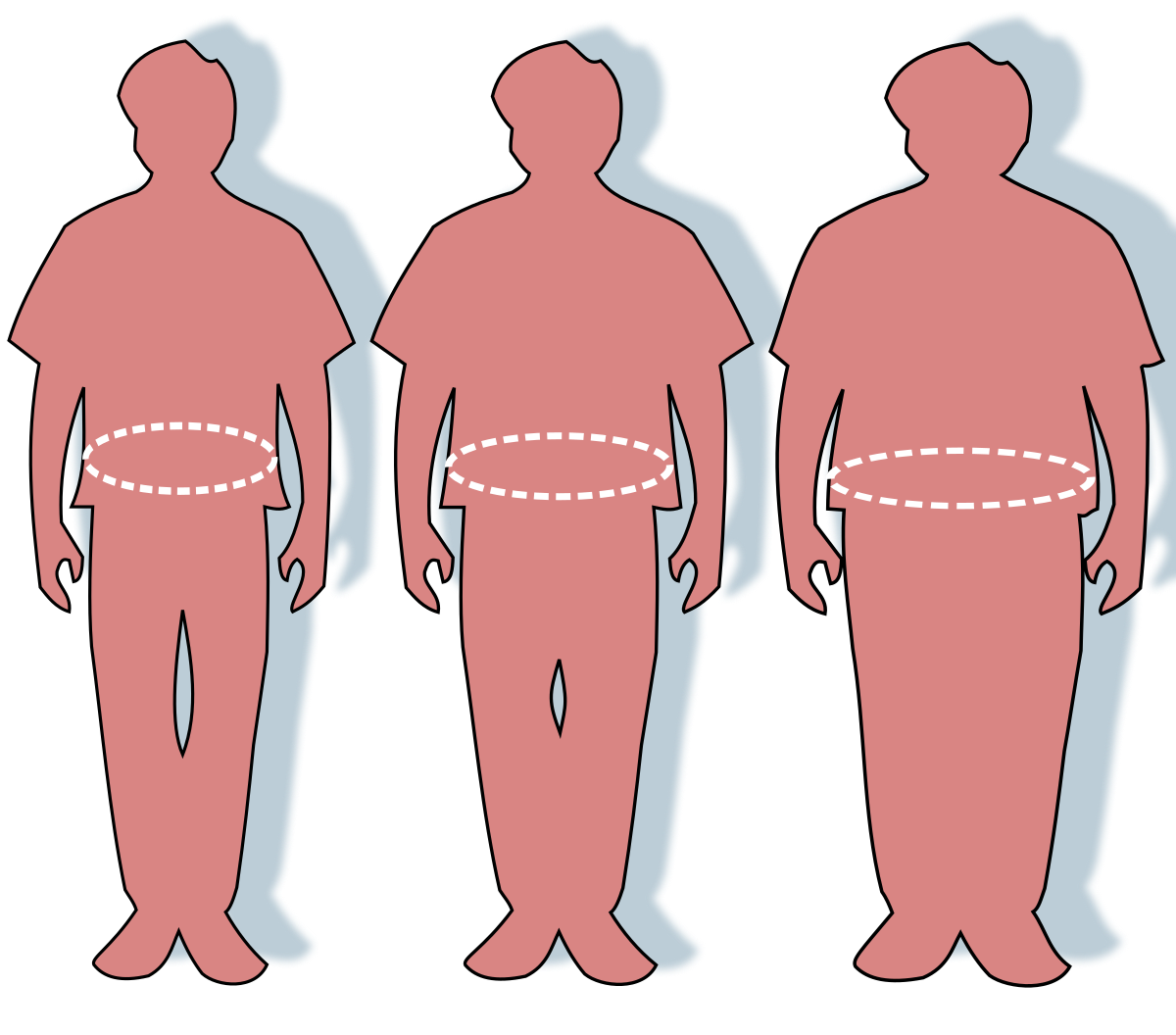
Brain activity in severely obese women is different
Brain activity
While the appeal of pictured food dropped 15 percent for the lean women after they ate, the severely obese women showed only a 4 percent decline
The brain’s reward centres in severely obese women continue to respond to food cues even after they’ve eaten and are no longer hungry, in contrast to their lean counterparts, according to a recent study by a multidisciplinary team at UT Southwestern Medical Center. The research compared attitudes and the brain activity of 15 severely obese women (BMI>35) and 15 lean women (BMI<25). The obese women showed sustained ‘hungry’ brain activation, even though they reported the same increase in satiation as their lean counterparts.

Nancy Puzziferri (right)
“These findings may explain why some people with severe obesity report an underlying drive to eat continually despite not feeling hungry,” said Dr Nancy Puzziferri, Assistant Professor of Surgery at UT Southwestern and senior author of the study. “In contrast, lean women when full will either stop eating or just sample a food they crave. It’s just not a level playing field – it’s harder for some people to maintain a healthy weight than others. Before or after the meal, they’re just as excited about eating. It seems they have an instinctive drive to keep eating.”
The study, ‘Brain imaging demonstrates a reduced neural impact of eating in obesity’, published in the journal Obesity, measured baseline brain perfusion arterial spin labelling. Brain activity was measured via blood-oxygen-level-dependent functional magnetic resonance imaging (fMRI) in response to food cues, and appeal to cues was rated. Subjective hunger/fullness was reported pre- and post-imaging. After a standard meal, measures were repeated.
Study participants had fasted for nine hours prior to testing. They were asked to rate their level of hunger or fullness, then given a brain scan as they viewed pictures of food. Again, they were asked to rate their level of hunger. Over the next hour, the women were fed a meal of lean beef or chicken, potatoes or rice, green beans, canned peaches, and iced tea or water. After eating, the participants went through another battery of hunger/fullness ratings and fMRI scans while exposed to pictures of food.
Outcomes
Both groups showed significantly increased activity in the neo- and limbic cortices and midbrain when they were hungry, compared with baseline (p<0.05, family-wise-error whole-brain corrected). Once fed, the lean group showed significantly decreased activation in these areas, especially the limbic cortex, whereas the group with severe obesity showed no such decreases (p<0.05, family-wise-error whole-brain corrected). After eating, appeal ratings of food decreased only in lean women. Within groups, hunger decreased (p<0.001) and fullness increased (p<0.001) fasted to fed.
While the appeal of pictured food dropped 15 percent for the lean women after they ate, the severely obese women showed only a 4 percent decline, based on brain scans using functional magnetic resonance imaging (fMRI) to measure brain activity. After eating, activity in regions in the prefrontal cortex and posterior cingulate cortex significantly changed in the lean group, but not in the obese group. The obese study participants maintained activation in the midbrain, one of the body’s most potent reward centres.
The severely obese women in the study, who weighed between 202 and 316lbs, were candidates for bariatric surgery to lose weight. The study is following these women after surgery to determine if their brain activation patterns change.
The study was conducted at UT Southwestern and VA North Texas Health Care System. Funding for the research came from UT Southwestern and the National Institutes of Health.

